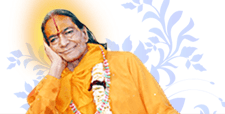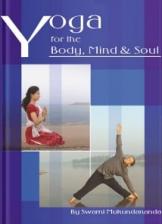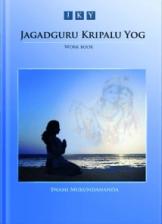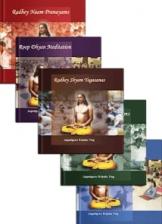EXPLORE
Yoga And Meditation
One of the greatest treasures of Indian culture and tradition is the science of Yoga. The Vedic Scriptures define Yog as
“The Union of the soul with the Supreme is called Yog”.
- GARUD PURAN
The achievement of such a Union with God requires the collective development of various aspects of our personality. We must thus learn the art of attaining perfect health of body, mind, intellect, and soul. This requires a healthy blend of spiritual and material sciences.
JAGADGURU KRIPALUJI YOG
“Yoga” is becoming increasingly popular around the world. However, in the name of “yoga” merely asanas, or physical exercises, are being taught. These are no doubt helpful, but without emphasis on the purification of the mind, their effectiveness in curing physical diseases is limited & mental diseases remain ignored untouched.
Jagadguru Kripaluji Yog incorporates both material and spiritual knowledge for the complete physical, mental, intellectual and spiritual health of humankind. JKYog is a complete system of Yog that includes five Vedic disciplines for mind-management and exemplary physical health.
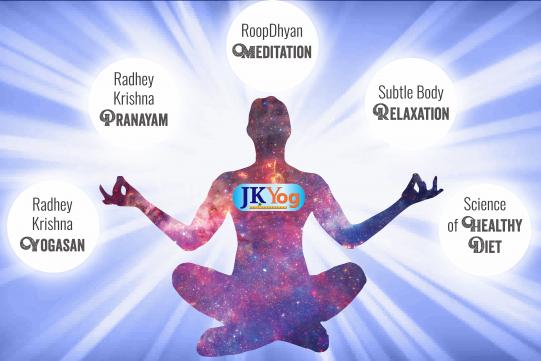
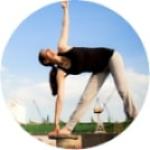
Radhey Krishna Yogasan
Specially selected set of yogasans, are highly effective for keeping body healthy.
Know More
Radhey Krishna Pranayam
A very special set of breathing exercises for enhancing vital energy within the body
Know More
Subtle Body Relaxation
Specially selected set of yogasanas, are highly effective for keeping the body heathy
Know More
Roop Dhyan Meditation
This is a unique and estoeric process of meditation for bridling the restless mind.
Know More
Science of Healthy Diet
It teaches us about the nutritive constituents in vegetarian natural foods
Know More
KNOW MORE ABOUT
WHAT IS GOING

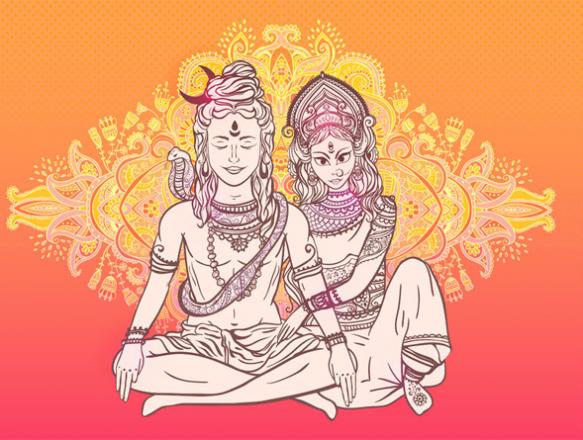
God manifests this eternal knowledge in the world either by taking an Avatar Himself, or by inspiring the knowledge in the hearts of the God-realized Saints. In this cycle of creation, the first teacher of yogasans (the physical aspect of Yog), was Lord Shiv Himself. It is said that Lord Shiv first practiced yogasans and taught them to Mother Parvati, Who became the first pupil. Manifold seals and statues excavated at the prehistoric places—chiefly in India—reveal that yogasans were performed in India many millennia prior to the beginning of western history. Even at present, one can obtain myriad statues and idols in the Indus Valley at Harappa and Mohenjo-daro of deities of Lord Shiv and Mother Parvati doing different postures and sitting in meditation. The secrets of yogasans were handed over from Guru to disciple orally. Through personal experience, the Yogīs guided their disciples on the path very clearly and systematically.
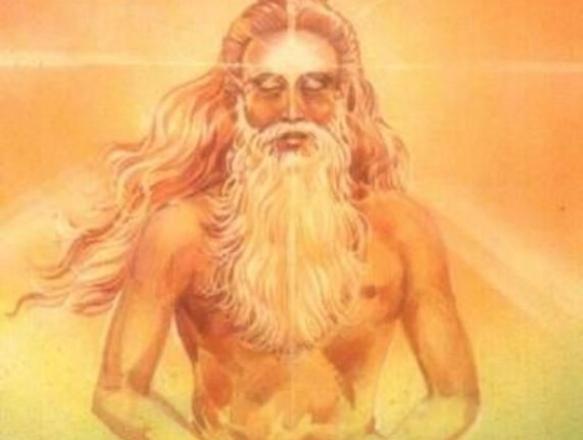
Between 400 BC and 200 BC, a great hermit, Patanjali, wrote a dissertation on Yog in pithy aphorisms, in a system that is called Aṣhṭāṅg Yog. The eight steps to Yog that he delineated through 196 terse aphorisms are: yam, niyam, asan, pranayam, pratyāhār, dhāraṇā, dhyan, and samādhi. The word yam means self-restraints; niyam means self-observances; asan means postures of the body; pranayam means organized way of breathing; pratyāhār denotes disassociation of consciousness from the external- surrounding; dhāraṇā means concentration; dhyan means meditation, and samādhi refers to experiencing oneself with the pure consciousness.
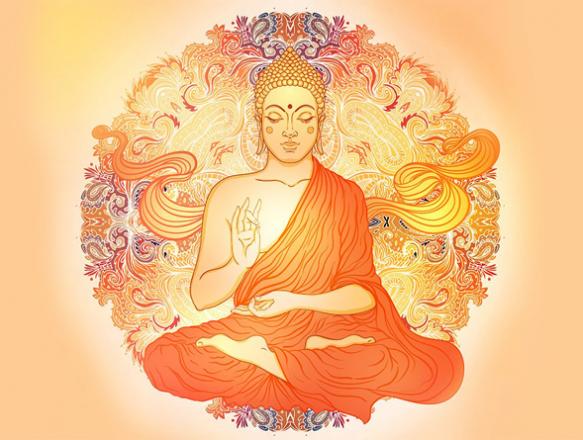
The Buddha came around 6th century BC, & preached the techniques of meditation, ethics like non-violence, truth, etc. differently to the world, but sidelined the path of yogasans.
After Him, Yogi Matsyendranath emphasized that the body should be purified prior to the performance of meditation. His renowned disciple, Gorakhnath, also wrote the treatises on the Haṭha Yog, both—in the local and Hindi language. Subsequently, Swami Swatmarama, one of the authoratitive writers on the Haṭha Yog, wrote a renowned book, the “Haṭha Yog Pradīpikā,” or “The Light on Haṭha Yog.” Despite the fact that he incorporated several ideas on Yog, he did not lay much emphasis on yam and niyam, due to which beginners of Yog find it very comfortable and easy to practice. Unlike in Patanjali’s Yog Sutra, Swatmarama in his treatise, at first, focused on the body and then only, self-control and self-discipline after maintaining the stability of the mind.
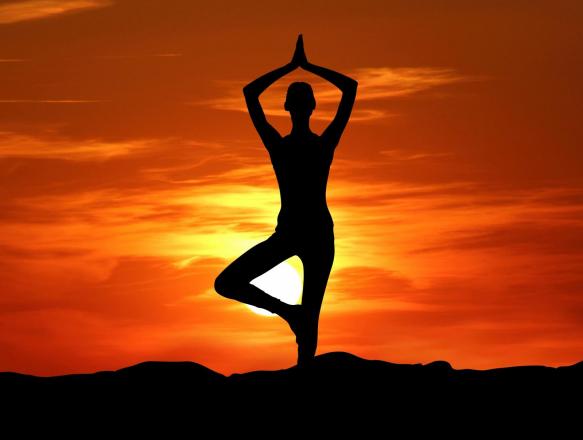
Yogasans reduce the over-stimulation of the nervous system and activate the “rest and repair” of the parasympathetic nervous system. The science of Yog benefits all through practical lifestyle tips like vegetarian diet, positive thinking, and meditative practices—thus assisting in rooting out stressful conditions. Hence, Yog has been a remedying key to such self-created mental stress in people’s lives.
Although many people learn Yog to fight with stress and multifarious maladies, they start reaping the fruits of spiritual bliss that comes from within as they begin to realize themselves as the soul and an eternal fragment of God. Indisputably Yog’s main purpose is to bring a soul to the attainment of the Supreme. Nevertheless, the Yogic practices such as asans, pranayam, dhyan, ṣhaṭkarm, etc. also yield several bodily and mental benefits.
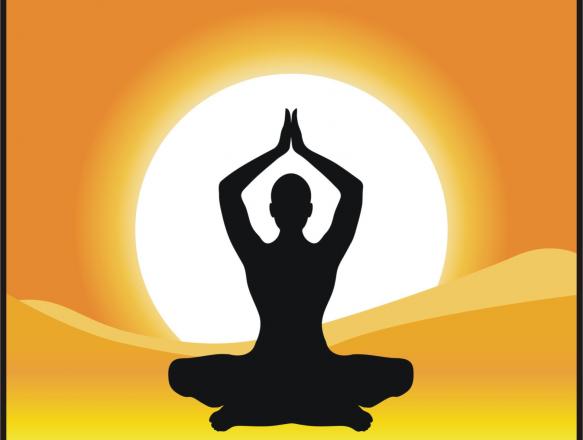
There are many other systems that people follow in order to develop their personality, health, and fortune. Nonetheless, personal experience tells us that these practices have not helped us develop the spiritual side of our personality. In this 21st century, we are still plagued by mental afflictions such as desire, anger, lust, jealousy, and an inflated ego. True happiness has evaded us, although the eagerness to search for it has not diminished. Thus, it is only Yog which can abolish all these unwanted evils of the mind through its spiritual knowledge and techniques.
Apart from benefitting individuals, Yogic practices like asans and dhyan done with God’s Name and His Form help uproot social disorders and chaos. In this way, Yog can establish the forgotten past values and norms among the people in modern time. It can also spread the message of harmony, order, non-violence, truth, charity, integrity, and spirituality among all, by bestowing incredible advantages of inner peace to the ones who do it sincerely and regularly.
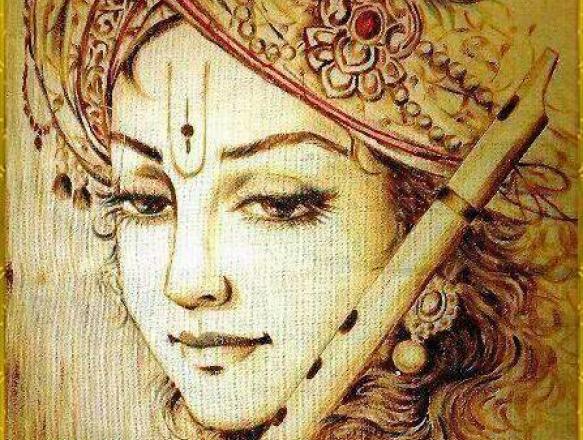
In conclusion, Yog is not only a matter of theory, but its substratum also lies in practicality and action. For this reason, the present generation should learn it in order to hone their lives materially, mentally, and spiritually. Through its sincere practice, people can realize that true Yog is established within oneself and not externally, and that the rich source of inner evolution must be searched within, turning back from the outer world. People can then realize themselves as not a physical body, but an eternal soul, which is naturally an eternal servant of God.

When the gentle stretching, deep breathing, dhyan, and guided relaxation are integrated, the bodily tension disappears, and the nervous system and emotions become calm, and there is a sense of renewal in the body, the mind, and spirit. Yog builds internal and external awareness when it is practiced along with awareness on synchronizing the breath and the Divine Names.
Thus, Yog builds awareness of the body and experiences, along with increasing awareness of the needs of others. Besides, exercising the mind and muscles, Yog exercises and massages the glands and organs, and increases circulation throughout the body, resulting in improved digestion, elimination of toxins, and promotion of overall health.
Yog is the most advanced form of healing for the body, mind and soul. Asans and pranayam can be a life saver when used as a preventive method of curbing diseases, ailments and other health problems.

When practised as a therapeutic system of medicine after diagnosis of a particular health problem, it has the power to heal almost every disease or ailment known to man. Certain life threatening situations such as accident and trauma cases with grievous injuries, some congenital physical disabilities, etc. cannot be treated by yogasans and pranayam.
Many rare diseases and health problems can be treated by Yog and completely cured when practised under the supervision of expert teachers and masters. There are real life incidents of many hundreds of thousands of patients who have avoided the surgeon’s knife or lifelong medicines by practising a combination of yogasans, pranayam and dhyan or at least one of them.
One of the greatest scientific marvels about yogasans and pranayam is that body parameters such as heart rate, blood pressure and breathing rhythm can be altered without physical exertion! By keeping the body still and meditating (dhyan) or practising pranayam, a person’s body parameters can change. A person could be practising a set of yogasans at home and see that his heart rate has increased. In contrast, modern physiotherapy techniques, aerobics, fitness training, etc. required rigorous movement of the body to generate heat and alter vital parameters.
Yogasans, Pranayam and Dhyan not only revitalizes the physical body but also energizes the mind. Pranayam and dhyan in particular, can eliminate mental and psychological problems like depression, anxiety and many other untreatable diseases of the mind that has no answer in the modern system of medicine.
Yog can work at the physical, intellectual and emotional levels of a human being without intervention of drugs, chemicals or other oral / external application of medicines. These unique properties of Yog make it the most comprehensive and proven method of healing at all levels of existence.

Yog is a rational discipline with powerful tools for conquering the stormy mind and harnessing the physical and mental energies. It greatly helps an aspirant rapidly move toward Divinity. The greatness of Yog is also discussed by Lord Shree Krishna in the Bhagavad Geeta:

“The Yogī is greater than the ascetics, he is greater than even the wise or Gyānī; he is greater than a man of actions or rituals; become thou a Yogī, O Arjun!” Further, the Yāgyavalkya Smṛiti states:


“Among sacrifices, customs, refreshment of the senses, non-violence, charity, and Vedāntic practices, the most important is the realization of the Supreme through Yog.” The Sage Patanjali also defines Yog as:


“Yog is the restriction of the perturbations of the mind.” The word chitta denotes the mind, which is composed of three elements—manas, or the mind associated with the senses, which has got the power of attention, selection, and rejection; buddhi, or intellect; and ahankār, or ego. The chitta, or mind, is constantly in flux since it is operated through inputs from all its three parts. In normal life, it is hardly possible to be free from these inputs and they become the sources of diversion because of which the mind is never quiet. Unfortunately, a stormy mind can never be drawn toward the Divine. In this way, one is unable to see oneself and others as parts of God.

Yog pacifies the vacillations of the mind that divert it from the Absolute. According to St. Augustine, “Our heart is restless, O Lord! And it shall continue to remain restless until it comes to rest in Thee.” Therefore, it is Yog that uplifts us to the level of the Supreme and makes us Blissful like Him. Yog harmonizes, balances, purifies, and strengthens the body, mind, and soul of the practitioners. It shows the right way to perfect health, complete mind control, and total peace with one’s self, the world, the nature, and God.
Highlighting the importance of Yog, Sri Aurobindo also said, “Yog is the process of all round development of a man.” A healthy body and a sound mind are the building blocks for attaining our goal in this life. Without their support, life itself will become a painful and tedious experience. No matter how perfect and successful we are in our fields of work, if the body is ill and the mind is fluctuating or distressed, we will always remain unhappy and hopeless in our lives. So, our most priceless possession is not our riches and gold, but our own body and mind.

Yog is an exercise for moral and mental cultivation that generates ārogya (good health), and contributes to chirāyu (longevity). Those who practice Yog should maintain moderation in everything such as diet, sleeping, waking, speaking, etc., so that they do not feel disturbed during the period of sādhanā. Highlighting the “moderate approach” in everything, Shree Krishna says in the Bhagavad Geeta:
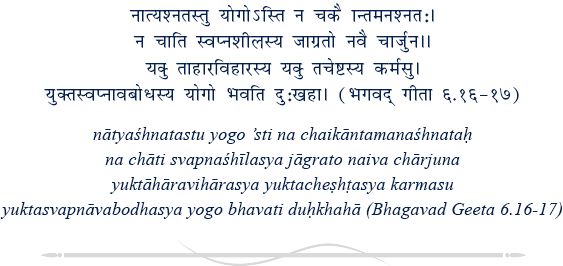
“O Arjun! This Yog is not attained by one who overeats, nor by one who fasts. Nor by those who keep awake or sleep too much. To achieve Yog, you must eat, play, work, sleep, and relax in moderation; thereby you will overcome miseries.” Contemplating upon the above verses, a Yogī should control the mind in dieting, fasting, sleeping, speaking, etc., and spend time and effort to learn the science of healthy living (Yogic practices) for physical, mental, and spiritual well-being.

The word “Yog” means “to unite” and is derived from the Sanskrit word “yuj” which means “to join.” So, the aim of Yog is to yoke the jiva (individual soul) with Bhagavan (Supreme Soul). Union with the Absolute frees the soul from the veil of Maya, allowing it to realize its true nature. The Garuḍ Purāṇa defines Yog as follows:

“The Union of the soul with the Supreme is called Yog.” A similar idea has been mentioned in the Yagyavalkya Sanhita and the Devī Bhāgavat Purāṇa. The same concept of the uniting of the jiva with Paramatma has been mentioned in the following verse of the Yagyavalkya Sanhita:


Yog incorporates the science of healthy and righteous living into our daily life. It works on all aspects of an individual—physical, mental, emotional, and spiritual. It takes into purview—the mind, the body, and the soul of a jiva in its aim of reaching the Absolute. Yog has the power of integrating the physical, mental, and spiritual dimensions of a jiva. The body must be purified and strengthened through various practices. The mind must be cleansed of all gross factors and turn both—inward and toward—the Absolute in order to attain unmitigated peace, satisfaction, and bliss. This requires the collective development of various facets of our personality. Therefore, we must learn the art of attaining perfect health of body, mind, intellect, and soul. For this, we need a judicious blend of spiritual and material sciences.

Our intellect is subject to certain weaknesses that are universal in the materially bound state. Avidya—lack of knowledge, asmita—pride due to identification with the designations of the body, rag—longing and attachment for sensory objects and affections, dveṣh—dislike for objects and persons, and abhinivesh—the fear of death. These are the five flaws of the intellect that must be rooted out. Yog helps to eradicate these mental flaws. Yog is a practical discipline that teaches us how to attain permanent bliss. It makes us free from worries, anxieties, and depressions.


